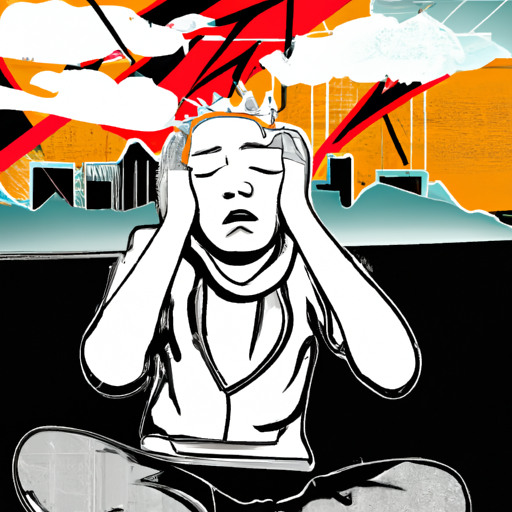Understanding the Impact of the Opioid Crisis in Canada
In a recent article, the wide-ranging effects of the opioid crisis in Canada is put into sharp focus. Not only is it causing loss of lives but it’s also leading to an increase in crime rates, homelessness, family distress, and community disorder. This isn’t just a health issue, it is a socio-economic problem demanding immediate and comprehensive attention.
The Scale of the Opioid Crisis
It’s important to recognize the scale of the opioid crisis, and to understand its far-reaching effects on individuals, families, communities and our healthcare system. Excessive misuse and dependency on opioids have led to concerning numbers of overdose incidents and subsequent deaths.
The article notes a spike in opioid prescriptions over the past two decades, which laid the groundwork for an opioid crisis that has been impacting Canada’s citizens and health-care system. Armed with this understanding, we can better comprehend the extent of the crisis and its marked effects on the society at large.
Opioids and Continued Socio-Economic Consequences
What’s particularly troubling are the continued socio-economic repercussions of the opioid crisis. The current crisis has been linked to homelessness and crime, adding another layer of complexity to an already taxing issue.
• Homelessness: Opioid addiction is a significant contributor to homelessness. The cost of maintaining the habit often leads to financial difficulties, culminating in job loss and eventual homelessness. The physical and psychological effects of opioid misuse then make it even more challenging for people to reintegrate into society.
• Crime: Increases in crime rates are another pervasive side effect of the opioid crisis. Addiction drives people to resort to crimes, from petty theft to more severe offenses, to sustain their habit.
Comprehensive Efforts to Battle the Opioid Crisis
The Canadian government and health officials recognize the severity of the opioid crisis and have initiated various measures to stem its pernicious effects.
• Opioid Class Action: One significant legal step has been an opioid class action, aiming to hold pharmaceutical companies responsible for their role in the crisis.
• Naloxone: On the medical front, the use of Naloxone — a medication designed to rapidly reverse opioid overdose — has been crucial in managing the severity of the crisis. The distribution of Naloxone kits and training on its use has been encouraged for potential bystander reversal of opioid overdose.
Community Engagement:
A community-level approach is also taking root, involving education about the risks of opioid use, encouraging safe usage when prescribed, and assisting addicts in their recovery.
Closing Thoughts
To sum up, the opioid crisis in Canada is not just a health crisis – it functions as a mirror reflecting social, economic, and legal issues that have been simmering beneath the surface of the Canadian society. The challenge, as always, is to remain vigilant and proactive. The solutions required are not merely medical, but multifaceted – encompassing social and legal measures. They also need to be adaptive, evolving with the changing face of the crisis.
From this article, we underline:
• The opioid crisis extends far beyond the realm of health.
• The crisis contributes significantly to homelessness and increased crime rates.
• Comprehensive efforts, from opioid class action to increased availability of Naloxone, are required to combat this crisis.
• Community education and engagement are crucial to preventing the spread of opioid addiction.
In conclusion, while the opioid crisis has resulted in a severe strain on our health, social, and justice systems, it has also sparked a unified, multidimensional response. As we continue to grapple with this ongoing crisis, joint efforts at the individual, community, and governmental levels remain our key to overcoming the challenges posed by the opioid epidemic.
